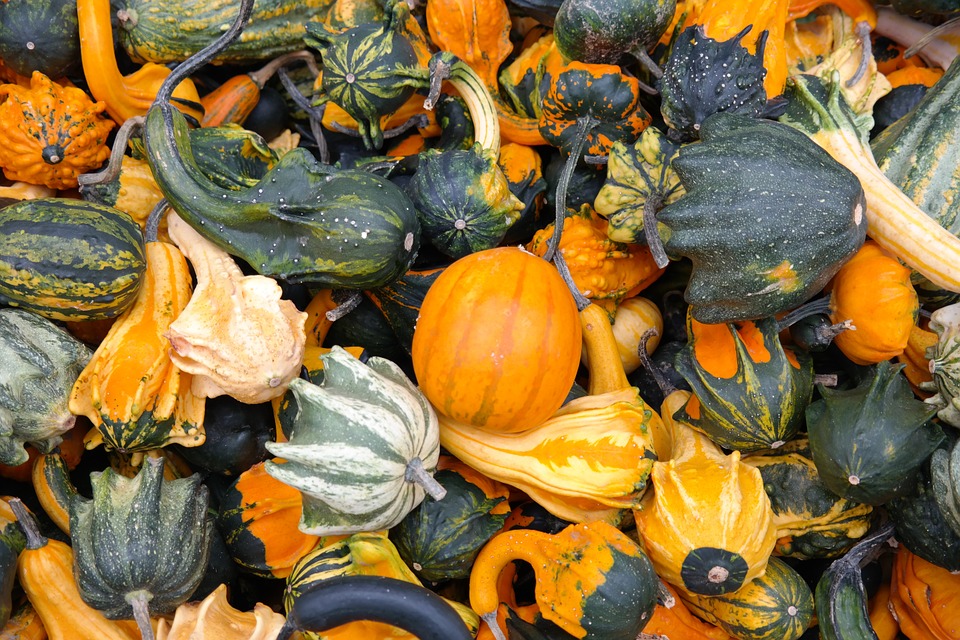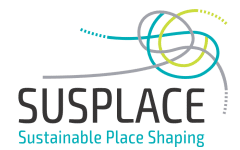
By Siri Pisters
‘Diversity may be the hardest thing for a society to live with, and perhaps the most dangerous thing for a society to be without’. William Sloane Coffin Jr.
The last couple of months I have wandered around Finland exploring its ecovillages with an additional two on the other side of the Baltic Sea, Estonia. This is an interesting endeavor and one that I’m not alone in. In all these communities I met people that were wandering around Europe or ‘the world’ exploring ecovillages and other places where people are experimenting with alternative ways of living.
One of the most interesting aspects about these ecovillages in my view is the diversity among them. Not one place is similar to another. As I find this aspect of diversity so interesting, especially in relation to our seemingly globalized culture and development projects that overlook place uniqueness, I started to read into it. I stumbled upon the work of David Harmon who writes about ‘How Diversity in Nature and Culture makes us Human’ inspired by the philosopher William James [1].
This work inspired me to think about the value of the diversity among ecovillages. In representing such diverse places appealing to a wide variety of people, the ecovillage movement supports diversity in both culture and nature. Communities are created that are very much place-based, embedded in the historical, cultural and natural characteristics of the place and keeping it alive and dynamic. For example by using local traditions, local indigenous knowledge and preserving cultural heritage on the ecovillage property. Such place-based approaches in creating communities and alternative lifestyles are unique and diverse in nature.
Another type of diversity refers to the diversity of people within a particular community. Sociologist Zygmunt Bauman explores the phenomenon of community in our modern, globalized world thereby critically reflecting on the issue of diversity [2]. He explains how many forms of community today are found by people seeking security in this complex world by creating boundaries and distinctions between us and them. This is to a certain extent understandable: people seek security and identity and the most obvious way to do that seems for many to find a group to belong to. However, this creates a sort of fake sense of security and leads to more separation between people instead of less. The meaning of multi-cultural then comes down to living alongside each other without actually living with each other, connecting, learning from each other and reaping the benefits of multiple cultures. Creating a safe and secure world needs exactly the opposite; it needs collective action, breaking through boundaries and connection.
Creating community thus comes with a risk, the risk of unconsciously or consciously creating boundaries around the ‘community’ and defending these boundaries in order to create a safe place to live. This is a risk that can also be observed in some ecovillages. I realized for example (and I know this is acknowledged by GEN and regarded as a challenge to hopefully overcome) that most ecovillage residents in Europe are white Europeans and in a large number of communities relatively well-off white Europeans.
This being said, the ecovillage movement does put a lot of effort in north-south collaboration and aims at a worldwide inclusive movement. GEN for example is very active in the current refugee crises with Refu-GEN. A related beautiful example is the Syrian Initiative Craftsman Ecovillage, an initiative by a Syrian refugee in Sweden:
The Syrian Initiative Craftsmanship Ecovillage (SICE) is an NGO formed in April. It is driven by a group of Syrian refugees and Swedes in Uppsala, Sweden. Our aim is to empower Syrian and other immigrants to integrate into Swedish society in an inexpensive and ecologically sustainable way within the social framework of an eco village. We plan to do the building process in cooperation with a Swedish municipality to achieve a fully functioning Ecovillage. (http://www.ecovillage.nu/about/ – accessed 31.10.2016)
Diversity in the world and between places is often quite easily accepted and enjoyed, it’s a given that makes the world an interesting and adventurous place. Diversity in our direct living environment and day-to-day lives could be framed as ‘place-based diversity’ and is another more complex and sensitive issue to deal with. The latter often invokes insecurity and confusion with regards to our identity and is thus prone to conscious or unconscious boundary making.
I do believe that in many people the intention to bridge difference and to live with each other in a life enriching way is definitely present. Acknowledging our fears and being aware of our mechanisms to find security by creating boundaries might be an important first step in eventually overcoming them and realizing a world which enjoys diversity.
[1] Harmon, D. (2002). In Light of Our Differences How Diversity in Nature and Culture Makes Us Human. Washington DC: Smithsonian Institution Press.
[2] Bauman, Z. (2001). Community: Seeking safety in an insecure world. Themes of the 21st Century Series. Wiley.
